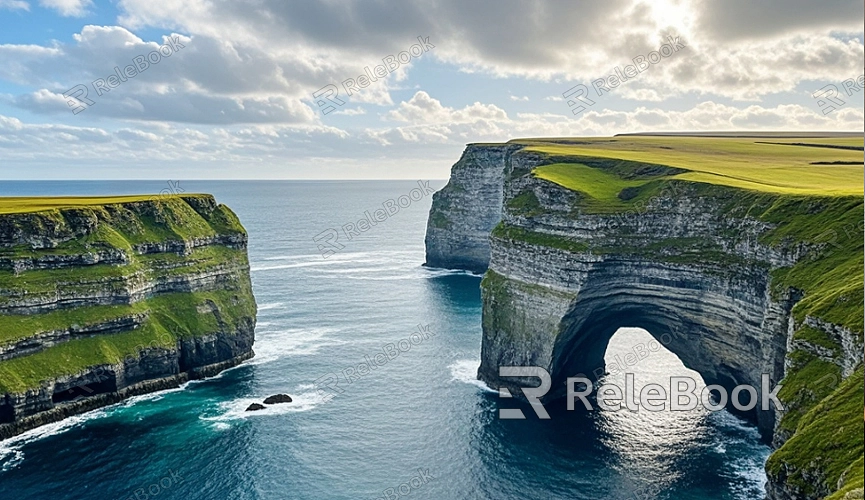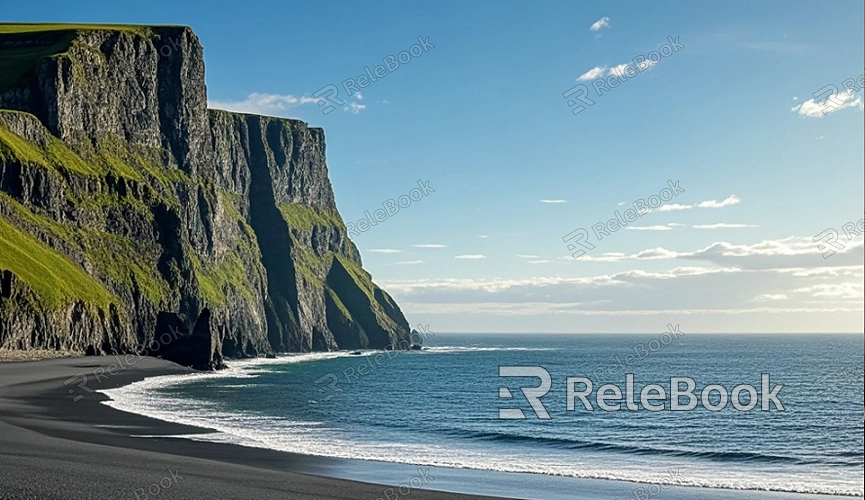How to Create 3D Models of Environments?
With the advancement of technology, 3D modeling plays an increasingly important role across various fields, especially in film, gaming, and virtual reality industries. Environment: 3D modeling not only enhances visual effects but also provides users with an immersive experience. This article will delve into the process and techniques of creating environment 3D models, helping readers gain a better understanding of the topic.

Basic Concepts of Environment Modeling
Environment modeling refers to the process of creating three-dimensional representations of real-world or fictional scenes using 3D software. It involves modeling natural elements (such as mountains, rivers, and trees) and man-made objects (such as buildings, roads, and bridges). Excellent environment modeling requires not only technical proficiency but also sensitivity to lighting, materials, and color to ensure the model's realism.
Choosing Tools and Software
Before starting the modeling process, selecting the right tools is crucial. There are numerous professional software options available, including:
Blender: Open-source and powerful, suitable for both beginners and professionals.
Maya: An industry standard widely used in animation and film production.
3ds Max: Ideal for architectural visualization and game design.
Each software has its own unique strengths and weaknesses, so it’s essential to weigh your project needs and personal familiarity when making a choice.

Planning and Design
Planning is an indispensable step before diving into modeling. First, clarify the project’s theme and style, and then create sketches or reference images. This helps maintain consistency and direction throughout the modeling process. For large scenes, it's advisable to model in sections to avoid overly complex operations.
The Modeling Process
The modeling process can be divided into several stages:
4.1 Shape Construction
Start by using basic geometric tools within the software to create rough shapes. In the initial phase, don’t focus on details; the priority is to establish the foundational structure of the scene.
4.2 Adding Details
Once the basic shapes are complete, gradually add details like windows, doors, and trees. At this stage, pay attention to the accuracy of proportions and placements to enhance realism.
4.3 UV Unwrapping and Texturing
UV unwrapping is the process of unfolding a 3D model's surface into a 2D plane. This step is essential for texturing, allowing textures to be accurately applied to the model. Choosing the right textures significantly enhances the visual quality of the model.
Lighting and Rendering
Lighting setup is crucial for environment modeling. Thoughtful lighting arrangements can create different moods and emotions. Rendering is the process of converting the model into the final image, and selecting the appropriate renderer can improve image quality and realism.
Optimization and Post-Processing
After completing the model, optimization is necessary to improve performance and loading speed. This can be achieved by reducing polygon counts and compressing textures. Post-processing can involve using image editing software for color correction and effects in addition to enhancing the final output.
Environment 3D modeling is a complex yet highly creative process involving multiple steps from planning and design to final rendering. By mastering the relevant skills and tools, along with a meticulous workflow, outstanding environment modeling results can be achieved. If you're looking to explore more quality 3D models and textures, be sure to visit the Relebook website for the resources you need.
FAQ
What skills are needed for environment modeling?
Environment modeling requires a grasp of basic 3D modeling techniques, texturing, lighting setup, and rendering skills, along with a certain level of artistic sensitivity.
How should beginners get started?
It’s recommended to start with simple models, gradually learning software operations, watching online tutorials, and participating in community discussions to get feedback.
What reference materials can be used?
You can refer to photographs of real scenes, artworks, and the environmental designs of other games or films for inspiration.
How long does modeling typically take?
Modeling time varies based on project complexity; simple scenes may take a few hours, while complex ones can take days or longer.

